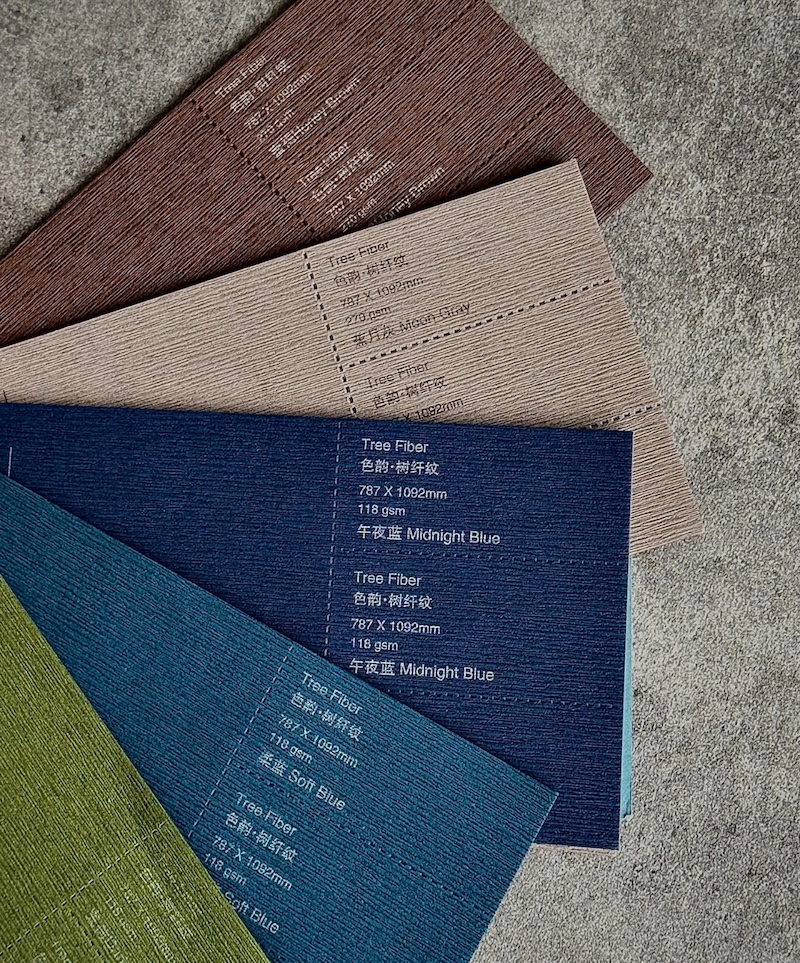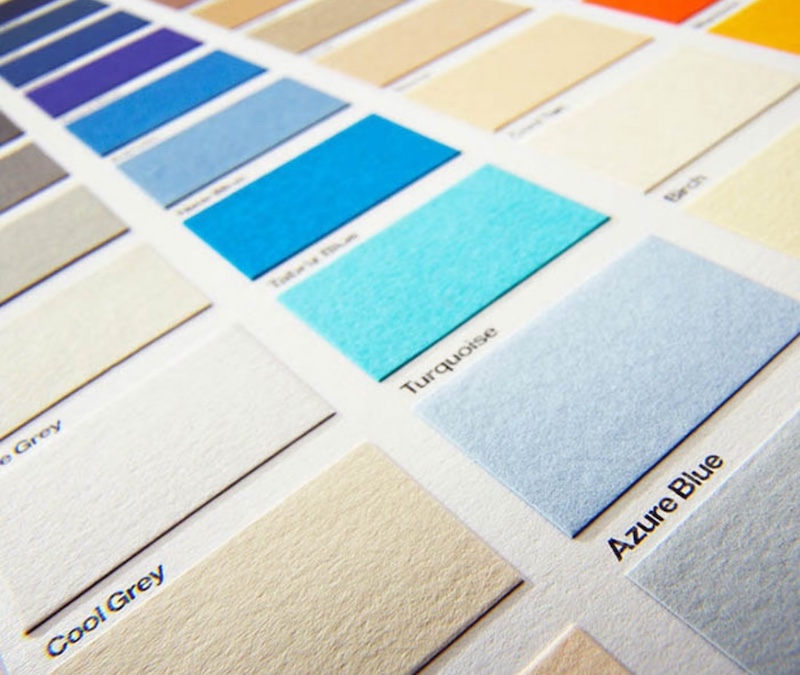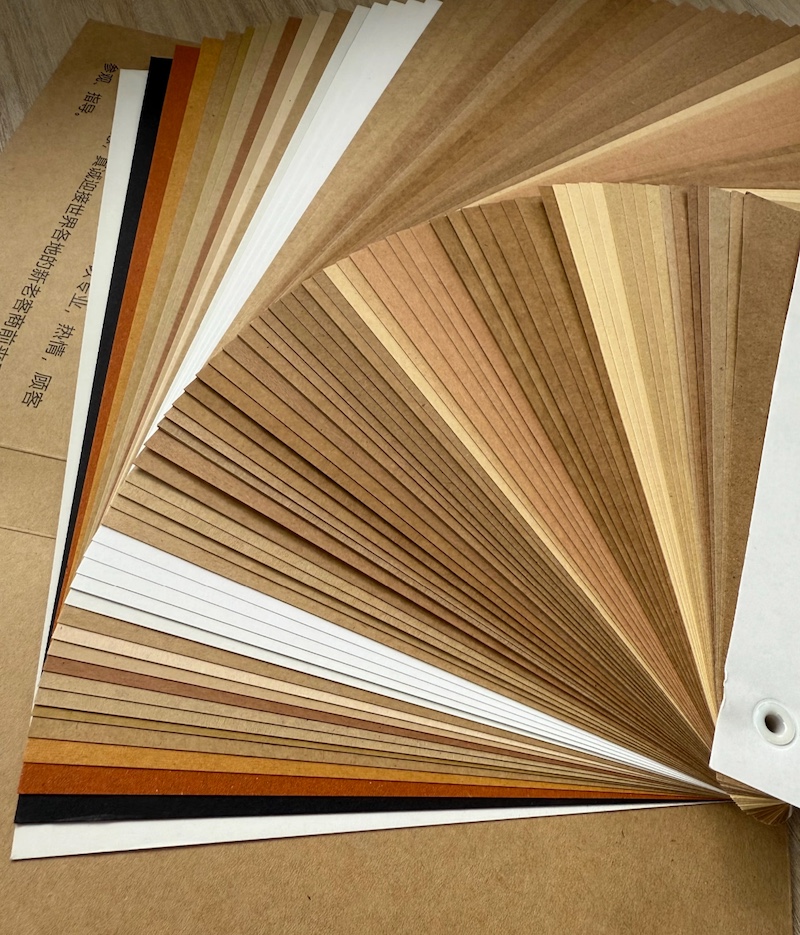Types of Textured Paper Used in Premium Packaging Boxes
The textured paper is a welcome change in a world dominated by computers. While smooth paper is a suitable choice, it simply cannot match the active sensual experience offered by the surface coating. Touch and look transform paper into something superior to its role as a medium, something exclusive and thus in high demand in luxury markets.
High-quality packaging, luxury invitations and excellent branding materials always use textured paper. Its appeal is not just in its visual design. The textures are intrinsic and make the products stand out, leaving an unforgettable impression on the user. In today's virtual world, where touch is increasingly virtualised, this is a clear advantage. The sense of touch is seamlessly integrated into applications, elevating a standard interaction to a gold standard.
Textured Paper: This is another tool of cool design
Textured paper is an undeniably effective tool for businesses and creatives to make a strong impression. Its visual impact is unparalleled. The texture of the paper is a key factor in shaping how people perceive and accept a product or message. The key to elevating a simple business card into a luxurious product lies in the proper use of texture. Whether it's the feel of a premium linen fibre or the impact of an impressive embossed pattern, the strategic application of texture is the secret to turning a business card into a premium product.
We will provide further details of paper textures, which are of great interest. We will cover the different types, discuss their pros and give examples of their use in projects. This in-depth discussion will provide you with invaluable information on how to make the most of this all-purpose medium to enhance the form and functionality of your creative and commercial work.

Textured paper is clearly interpretable
This is the definition.
This textured paper has a distinctive texture: it is raised and uneven. It is appealing to touch and to the eye, unlike smooth or glossy paper. The texturing of the textures themselves can be subtle, for example on linen or laid surfaces, or much more pronounced and fancy, for example through processes like embossing. Use textures on paper. This will enhance the experience of looking through manufactured printed materials and introduce a more exquisite angle to a range of products.
Here are the basic features.
Textured paper is long-lasting, making it perfect for high-end packaging, luxury invitations, and other special printings. Its natural thickness and tear resistance make it suitable for a wide variety of applications. Its unmatched textured surface works incredibly well with specialised finishing processes, such as embossing, foil stamping and other specialty printing processes. In the printing sector, textured paper is the only tool you need when a project demands visually appealing designs and a memorable tactile feel. This combination is essential for creating classy-looking products in competitive market landscapes.
You need to know the most popular types of textures that are available on the market to appreciate the finesse of textured paper. The latter are herbaceous or branded paper lines filed on the basis of such general categories.

These are the general descriptions of common kinds of paper textures
Linen: Linen paper is one of the most well-known and familiar textures. It resembles a fine weave of linen. The crosshatch pattern is sophisticated and elegant. It is frequently applied to business cards, stationery, wedding invites and menus, giving the recipient a certain flair of original professionalism.
Laid: Laid paper has a pattern of parallel lines, known as chain lines and laid lines. These lines are pressed on the papermaking process by a special dandy roll. Laid paper is the obvious choice for letterheads, certificates and fine art prints thanks to its artisanal and, in some cases, formal look and feel.
Felt: Felt textured paper has a soft, irregular, variable and slightly spongy surface, like felt fabric. This texturing is typically achieved through papermaking, using felt blankets, or by embossing. Felt paper is soft, organic and lavish to the touch. It is often used on greeting cards, reproductions of artwork and for high-end packaging, where a soft touch is required.
Kraft Textured Paper: The term ' Kraft Textured Paper' is clearly used both for the texture and the paper. The term kraft textured paper is also used to describe translucent paper. The style kraft textured paper is unmistakably characterised by its subtle eggshell finish. It's not smooth, but it has a slight roughness that is only noticeable by touch. This typeface is extremely useful. It was widely used in books, catalogues and general stationery.

Embossed/Debossed: Embossed or debossed textures are applied to paper. They are not part of the papermaking process. Engraved rollers or plates push the paper through them.
Embossing is the process of raising a pattern on the surface of the paper, giving it a three-dimensional look.
Debossing creates an indented image. These methods allow for highly specific and sophisticated artwork, whether geometric or floral or logotype or logo, and provide an exceptional level of refinement and personalisation to invitations, covers and other branding elements.
Wove/Smooth: This is the opposite end of the scale. It is technically on the 'smooth side' of things, but it is by far the most common. It is plainly the standard smooth paper. Its appearance is smooth, with no unusual lines or patterns. Smooth paper is produced by subjecting the paper to intense calendaring, a process where it is compressed between rollers to achieve an exceptionally smooth and flat surface. They are selected when non-fuzzy print detail, readability and a modern, smooth appearance are of primary importance.
Conclusion
All these popular types of texture provide designers and businesses with a wide range of options to choose from, and each one communicates a different message and enhances the user experience of the printed piece of work.





OEM Services
How long does the production process take?
Production time depends on order quantity, complexity, and customization. Generally, the process takes 7-20 days after design confirmation and sample approval. We strive for fast turnaround times while maintaining high-quality standards.
Folding Boxes
I need a folding box with a special shape, can it be customized?
Yes, folding boxes can be customized with special shapes according to product requirements. Through the die-cutting process, folding boxes of different shapes and structures can be produced.
Rigid Magetic Boxes
What are the wholesale pricing options for bulk orders?
We offer competitive wholesale prices for bulk orders. Please contact our sales team for more details
Can I print on the inside of the box?
Yes, you can print any effect you want on the inside.
Rigid Lift-off Box
Can I print on the inside of the box?
Yes, you can print any effect you want on the inside.




Start Your Packaging Journey Today
Discover Our Curated Collection of Bespoke Packaging Cases & Tailored System Solutions
© 2025 WINPACK PRINTING. All rights reserved

























Wenhua Printing packaging
winpackprinting
Winpack Printing